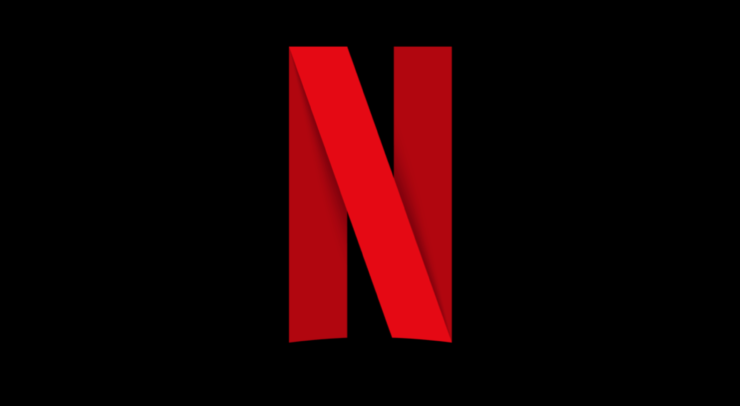How streaming services are finding success in a post-cable world
The business of streaming services is in quiet disarray. Netflix reported one million lost subscribers in the spring of this year alone, with more expected. HBO Max recently enacted a mass content cancellation, going so far as to axe a fully filmed movie, and consumers can’t be expected to keep up with the number of new streaming services unearthing themselves from nowhere every other month.
Merely twenty-five years ago, Netflix revolutionized the TV-watching landscape. They invented “binge-watching” with the award-winning drama “House of Cards”. They broke the convention of a 22-episode season. Groundbreaking programs like “Orange is the New Black” took the world by storm.
In time, numerous companies began to follow in its footsteps.
The imprint Netflix left upon popular culture in those early years is ever-present. But, where do we go from here? Consumers and companies alike are now unsure of how to navigate our unprecedented media landscape. Are streaming services the new cable? Which ones are worth buying? Most importantly, what show do I watch next?
Unrestricted by a 3-hour primetime slot, censorship rules, and specific target demographics, streaming services easily dominate cable TV in content quantity alone. Not only did streaming services change how we consumed television, they transformed what we watched.
More importantly, streaming services were able to produce infinitely more diverse and unique content due to their larger freedom. They took more risks, providing us with the most interesting selections of TV we’ve ever had. Most of the recent Emmy nominations, and wins, belong to streaming services.
Representation has been able to make major strides, with modern Gen-Z programs like “Genera+ion” (2021), Unique science fiction stories like “Dark” (2017-), or “Severance” (2022-) being so rare ten years ago. Cable TV, even at its peak, can’t compete with the collection of hits streaming services have given us in the past few years.
Not for nothing, cable has begun to fight back. Popular programs like “This is Us” (2016-2022) and “Abbott Elementary” (2022-) have been able to breathe some life back into the networks. But, the wires have been cut; nobody is resubscribing to cable. It wouldn’t be farfetched to say the success of these shows might have something to do with their subsequent releases onto streaming services, following network premieres.
This provisional merge of cable with streaming acts as a lifeboat for TV networks. In addition to shared programming, streaming services are also mirroring cable by way of price hikes. Many of Netflix’s recent losses coincide with increased subscription prices.
Furthermore, it seems like content quantity is beginning to eclipse quality. What are Netflix’s thousands of original titles worth if half of them are either unbearably trite, uninteresting, or prematurely cancelled?
In abandoning the platform, Netflix’s lost subscribers face many alternatives. Though, unlike traditional cable packages, there’s little to distinguish each platform from the other. Amazon Prime has some stellar sitcoms, excellent original content, and a serviceable movie catalogue. But, so do Crave and Disney+. This homogeneity sparks indifference in consumers who ultimately subscribe to one service out of convenience, or FOMO in consumers who instead subscribe to everything for maximum access.
The inconvenience of maintaining multiple subscriptions is a burden that cable saved us from. In face of the money, benefits, and content consumers have recently lost, streaming is taking us backwards in all the worst ways.





